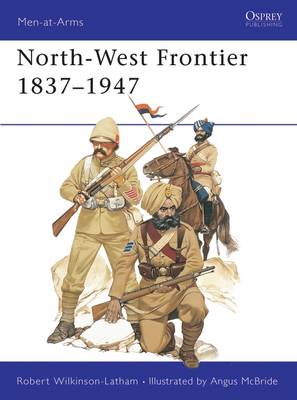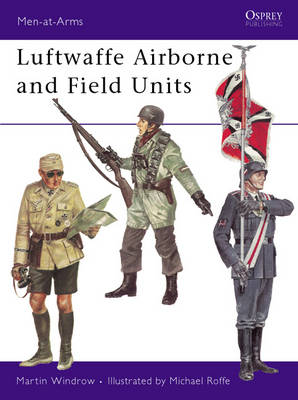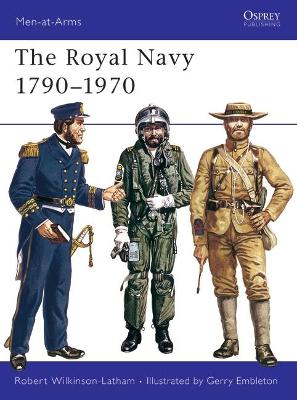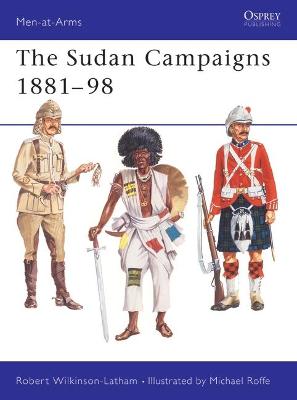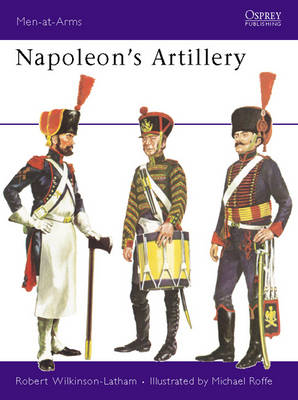Men-at-Arms
5 total works
For over a hundred years British and Indian troops were engaged on the North-West Frontier of India policing the tribes, mounting expeditions, and guarding against the ever-present threat from Russia. Populated mainly by Pathans, one of the fiercest warrior races on earth, the Frontier came to be known as 'The Grim' by generations of British soldiers. This book details not only the three Afghan wars but also the issues surrounding Chitral, Malakand and Tirah. Colour illustrations and photographs offer a rare glimpse into life on the Frontier, illuminating Lord Curzon's remark, 'No man who has read a page of Indian history will ever prophesy about the frontier'.
Members of the Lutwaffe served as infantry, artillery, tank crews and service troops in all the major theatres of World War II. Shortages of fuel and aircraft meant that Luftwaffe personnel were made available for other tasks and this volume looks at some of the Field Divisions that saw action in the war. The elite paratroopers of the Airborne units did see extensive service following their thorough training and several of the airborne operations are detailed including the sizures of Norway, Denmark and Crete. The uniforms are illustrated to show the various different roles the air arm assumed.
Of all the world's seaborne military organizations, the British Royal Navy is perhaps the most prestigious. Protector of the British Empire and defender of British freedom, it has provided the template on which nearly all other national navies have modelled themselves. This book explores the changes in the uniforms of the Royal Navy from the 18th century to 1970. It includes details from the dress regulations as laid down in the first official illustrated text on the topic, which dated from 1825, up through the present day, and addresses all variations for climate, rank, and equipment requirements.
In the Sudan in 1881 an obscure son of a carpenter pronounced himself the 'Mahdi' or 'Guided One of the Prophet', the long-expected Messiah of the Islamic faith. His influence was so strong that Egypt (co-ruled by Britain and France) was plunged into war. Robert Wilkinson-Latham provides an absorbing account of the Sudan campaigns, including the siege of Khartoum, the unpredictable General Charles Gordon, and the Nile Expedition. The author details the organisation and fortunes of all forces involved, painting a fascinating picture of the place and its peoples from 1881-98.
At the end of the Royalist regime, the artillery arm of the French Army was, as Napoleon was later to declare, "the finest and best composed corps in Europe." Designed by the great master of artillery, Jean Baptiste de Gribeauval, the equipment consisted of some of the best pieces in Europe. This book examines the equipment and performance of Napoleon's artillery in the Revolutionary Wars (1792-1802), Napoleonic Wars (1799-1815) and Waterloo campaign (1815). The organization of the Imperial Army is also covered, including the key French failure to develop "Shrapnel" or "spherical case shot" - a weapon used against them to great effect by the British.
